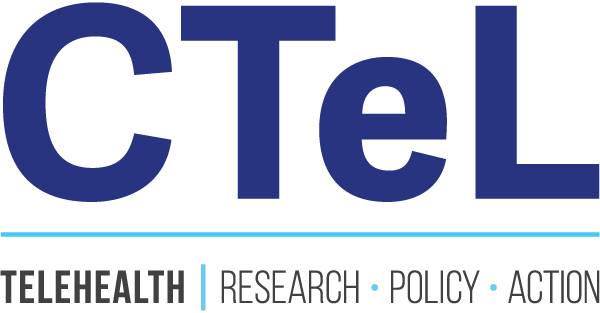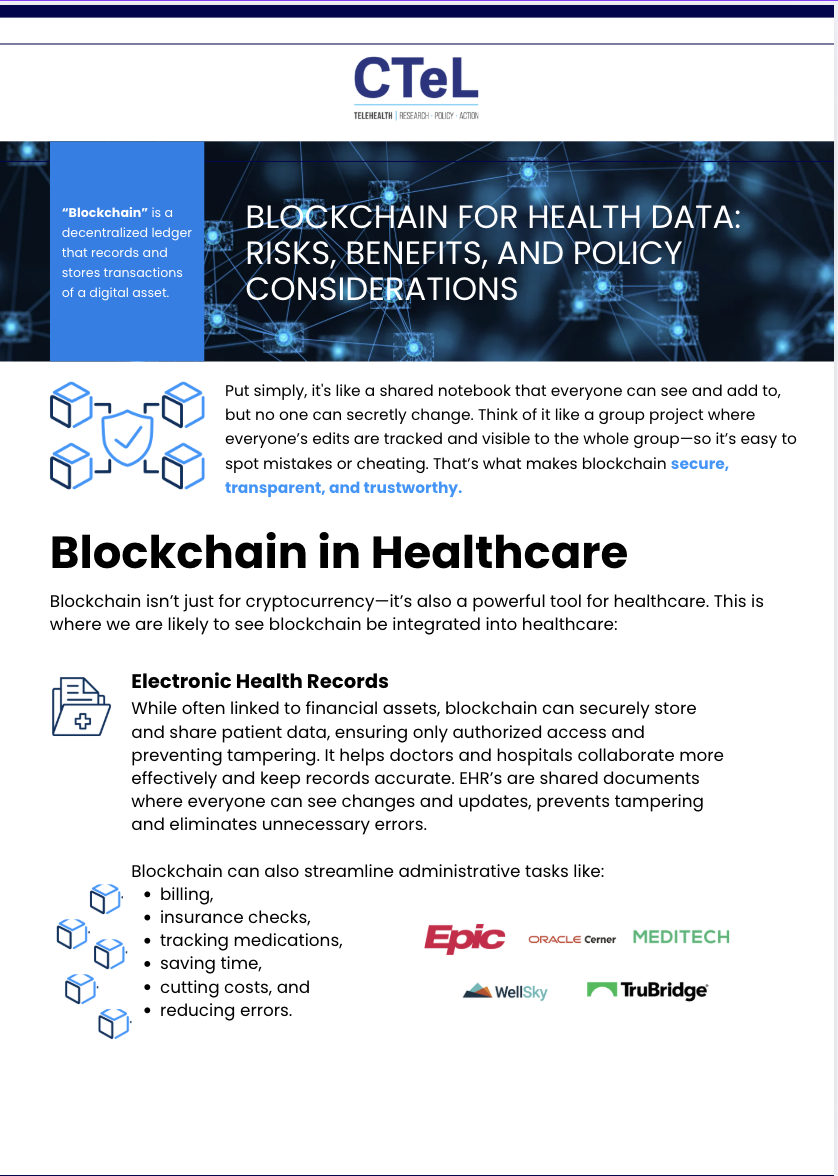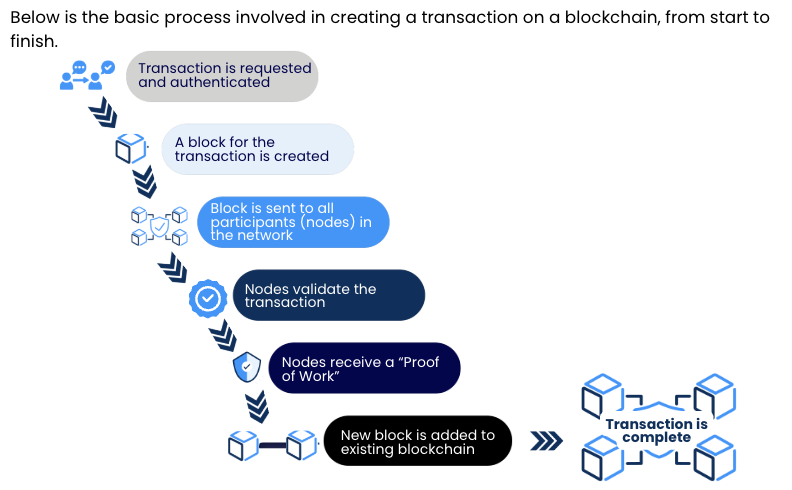Blockchain for Health Data: Risks, Benefits, and Policy Considerations
Unlocking the Future of Digital Health: Why Blockchain Matters Now
The digital health landscape is evolving at an unprecedented pace, bringing with it both incredible opportunities and complex challenges. As we increasingly rely on technology to manage sensitive patient information, ensuring data security, privacy, and interoperability becomes paramount. This is where blockchain technology, often associated with cryptocurrencies, emerges as a powerful and transformative tool for the healthcare sector.
Beyond Bitcoin: The Power of Blockchain in Healthcare
At its core, blockchain is a decentralized ledger that securely records and stores transactions of digital assets. Imagine a shared, secure, and transparent notebook where every entry is tracked and visible to all authorized participants, but no one can secretly alter past records. This inherent security, transparency, and trustworthiness are precisely what make blockchain so valuable for health data.
While its financial applications have garnered significant attention, blockchain's potential extends far beyond currency. In healthcare, it offers robust solutions for critical areas such as:
Electronic Health Records (EHRs): Blockchain can securely store and share patient data, ensuring that only authorized individuals have access and preventing tampering. This enhances collaboration among doctors and hospitals, leading to more accurate and reliable patient records. The ability for all authorized users to see changes and updates on EHRs prevents tampering and reduces errors.
Streamlined Administration: Beyond patient records, blockchain can revolutionize administrative tasks. This includes automating billing, insurance checks, and medication tracking, ultimately saving time, cutting costs, and reducing errors.
Pharmaceutical Supply Chains: The journey of a medication from production to the pharmacy shelf is complex. Blockchain can record every step, creating a secure and traceable history that helps prevent counterfeit drugs, ensures proper storage conditions, and significantly improves patient safety. It also fosters more efficient information sharing among companies, accelerating shipments, minimizing waste, and making recalls faster and more accurate.
Smart Contracts: These self-executing digital agreements run on the blockchain and can automatically perform programmed tasks. In healthcare, smart contracts can automate insurance claim payments when conditions are met, give patients greater control over who accesses their health records, trigger reorders for medical supplies when stock is low, and ensure compliance with rules and agreements without the need for extensive paperwork.
Remote Monitoring: With the rise of remote monitoring devices, securing the transfer of sensitive health data is crucial. Blockchain's immutability features can secure this data and restrict access to only authorized viewers, such as a patient's doctor. Smart contracts can even be used to promptly notify clinicians if vital signs exceed predetermined thresholds.
Credential Verification: Blockchain can provide an additional layer of security and accountability for verifying clinician credentials, such as medical licenses, medical school graduation, Drug Enforcement Administration registrations, and National Provider Identification numbers. This is particularly important in combating NPI fraud, which can jeopardize a clinician's ability to practice and lead to fraudulent billing.
Addressing the Challenges: Risks and Policy Considerations
While the benefits are clear, the digital health community must also acknowledge and address the risks associated with blockchain implementation. These include:
Privacy and Security: Existing blockchains, like Bitcoin, are inadequate for storing health data due to their open ledgers where anyone can see transaction records. Healthcare-specific blockchain applications require stringent privacy and access controls for both data access and writing to the blockchain. Secure blockchains also need consensus mechanisms, like "proof of work," to validate transactions and deter tampering, as altering a block would require immense computational effort.
Resource Allocation: "Mining" (the process of validating transactions) often requires significant computing power, which could be resource-intensive for many practices. Networks must be designed to ensure that the privacy and security benefits are accessible to all practices and health systems, whether large and urban or small and rural.
Inflexibility of Records: The immutable nature of blockchain means that once a record is entered, it's extremely difficult to alter or modify without breaking the entire chain. Errors or biases entered into patient records can have serious consequences. To mitigate this, data verification protocols can be put in place before anything is entered. Alternatively, only references to health data can be stored on the blockchain, allowing the actual record to be modified if needed. Additional records can also be appended to correct or update previous entries.
Scalability: The processes that create immutable records can pose scalability concerns, especially with the vast data volumes generated by remote monitoring technologies and the data needed to train artificial intelligence tools in healthcare. Applying deep-learning models has been proposed to aid healthcare organizations in scaling blockchain applications.
Cyberattacks: Like any digital technology, blockchain is vulnerable to cyberattacks such as:
Phishing Attacks: Obtaining keys or access mechanisms through social engineering; staff training can prevent this.
Sybil Attacks: Creating fake identities or nodes to infiltrate blockchain operations; node verification processes can prevent this.
51% Attacks: A malicious actor gaining control of a majority of computing power to dictate terms. Proof-of-stake mechanisms can reduce this risk compared to proof-of-work systems.
The infrastructure needed to ensure adequate cybersecurity may be prohibitive for smaller practices or health systems, depending on the blockchain design.
Furthermore, policymakers play a crucial role in establishing a regulatory framework for blockchain's use in healthcare. Compliance with existing laws like the Health Insurance Portability and Accountability Act (HIPAA), the 21st Century Cures Act, and the Health Information Technology for Economic and Clinical Health (HITECH) Act is essential.
For pharmaceutical supply chains, adherence to the Drug Supply Chain Security Act (DSCSA) is critical. HIPAA establishes national standards to protect the privacy and security of individuals' protected health information (PHI). The 21st Century Cures Act focuses on required disclosures of health data, while HITECH creates standards for EHR use and interoperability and includes breach notification rules. The DSCSA aims to enhance the security of the U.S. prescription drug supply chain by creating a national system for tracking and tracing prescription drugs, preventing counterfeit or harmful drugs from entering the market.
The Path Forward: Policy Recommendations for a Blockchain-Enabled Health System
To fully realize the potential of blockchain in healthcare, policymakers and industry leaders should focus on:
Achieving Industry Consensus on Standards: The federal government should leverage its convening power to bring together health IT and digital health leaders in HHS and other agencies to develop standards for data transfers via blockchain, similar to efforts for EHR interoperability.
Creating a Regulatory Framework: Robust oversight is necessary to ensure the utmost privacy and security for applications concerning patient health data. HHS should publish materials clarifying how existing health information protections like HIPAA and the 21st Century Cures Act apply to blockchain use in health data transactions. The decentralized nature of blockchain networks also creates accountability concerns in cases of data mismanagement or patient harm.
Allocating Resources for Research and Development: Supporting further pilot programs demonstrating potential blockchain applications in healthcare, as well as the development of patient safety and privacy risk mitigation mechanisms, will drive innovation and understanding. The Administration has identified improving access to wearables and remote monitoring technologies as a health policy priority, an area that would greatly benefit from increased data security and responsiveness that blockchain can provide.
Staying Ahead with CTeL Membership
Navigating the complexities of emerging technologies like blockchain requires access to cutting-edge information and expert insights. Organizations like CTeL are at the forefront of researching, analyzing, and disseminating crucial knowledge on digital health advancements.
Membership with CTeL provides unparalleled access to well-researched fact sheets, policy recommendations, and a community of professionals dedicated to shaping the future of healthcare. By joining CTeL, organizations can stay informed about the latest trends, mitigate potential risks, and confidently implement transformative technologies, ultimately setting themselves up for success in the evolving digital health landscape. CTeL encourages legislators and regulators to ensure providers and developers have the support they need to implement blockchain solutions that promote the privacy, security, and efficiency of health data transactions.




